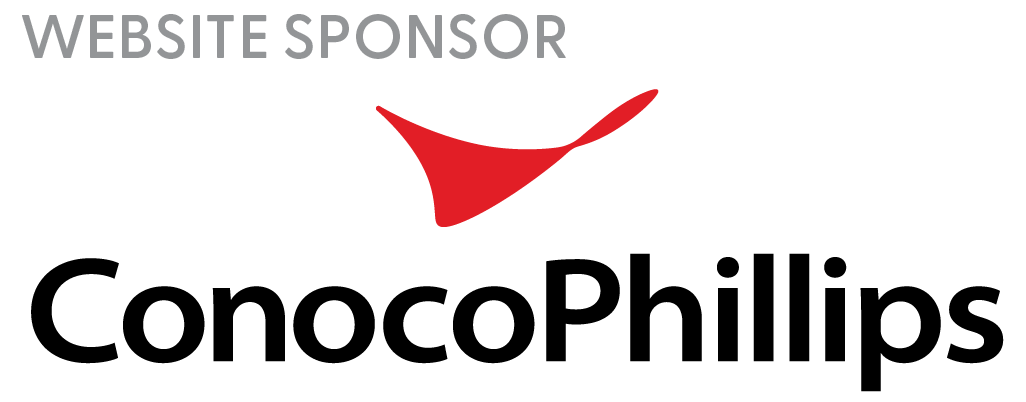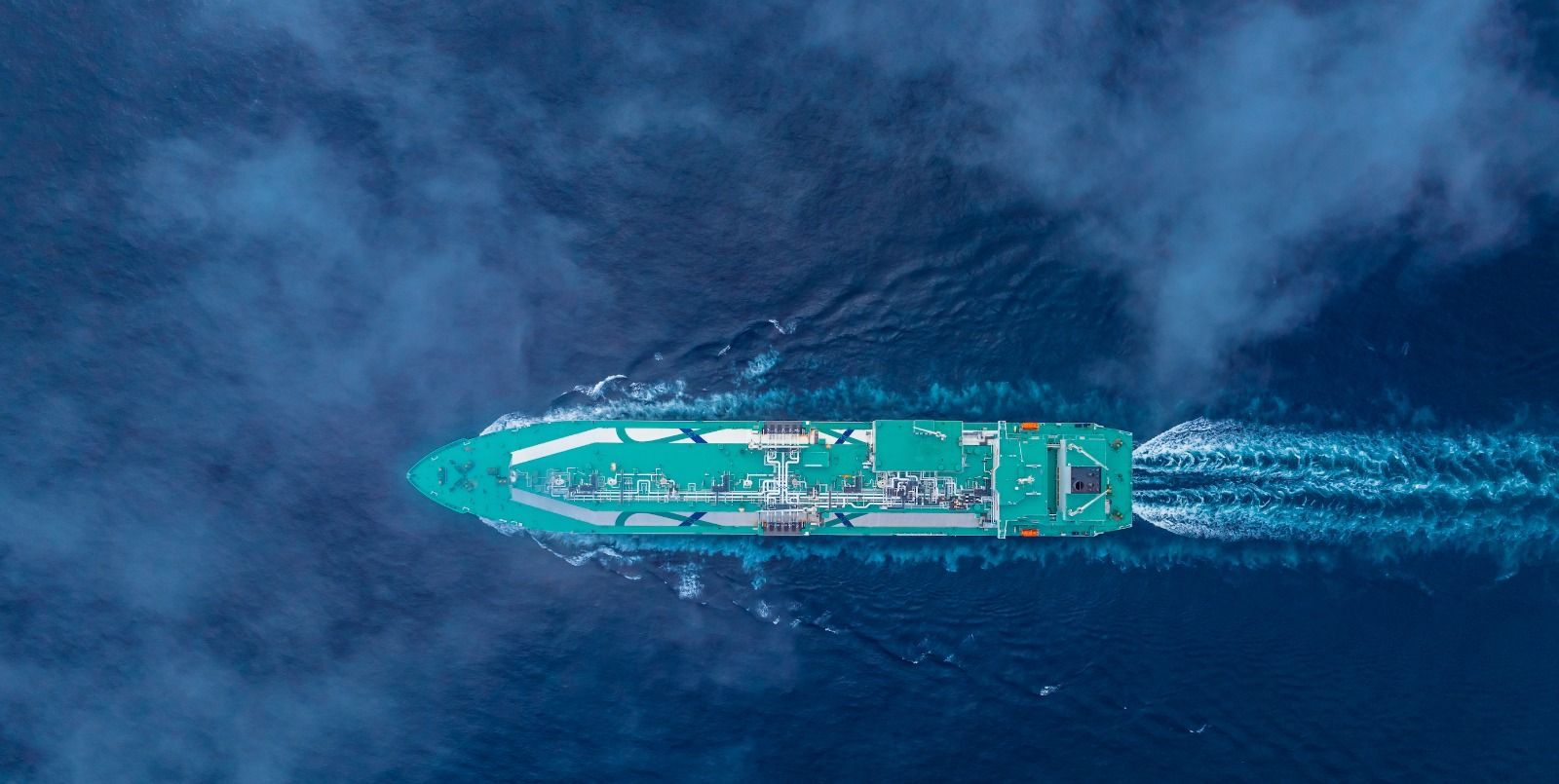Past Versus State of the Art – Overcoming Limitations of Low Fin Tubes Using High Efficiency Process Boiling Technology in Mixed Refrigerant Pre-Cooling Trains
Lead Author Nicolas Rambure (Technip Energies)
Co-Authors: Clément Rongier, Aline Buffet, Lotfi Redjem Saad, Julie Gouriou (Technip Energies), Andreas Knoepfler, Nuno Duarte, Thomas Lang (Wieland Thermal Solutions)
Abstract:
Enhanced heat transfer technologies in LNG chillers within a propane precooling mixed refrigerant (C3MR) process significantly improve thermodynamic efficiency, enabling substantial energy savings, reducing greenhouse gas (GHG) emissions and lowering capital (CAPEX) and operational expenditures (OPEX).
The classical low-fin tubes traditionally employed in the propane chilling trains of the C3MR process have long been a cornerstone of LNG production. However, their inherent limitations pose significant challenges, including a large heat exchanger footprint, elevated propane inventory requirements, mechanical integration and manufacturing issues, as well as installation complexities. These factors not only increase capital expenditure (CAPEX) but also contribute to higher greenhouse gas (GHG) emissions and operational inefficiencies. To address these challenges, high efficiency process boiling technology has been developed and became a proven solution, applied for more than two decades in LNG plants, notably in Middle East and other regions. This advanced tube technology delivers significantly higher thermal performance, enabling a substantial reduction in heat exchanger footprint and equipment weight. By optimizing heat transfer efficiency, the use of high efficiency boiling tubes leads to a significant decrease in propane inventory, simplifying mechanical integration and solving manufacturing challenges.
This paper will present a comprehensive analysis of the limitations when using classical low-fin tube designs and in comparison, the advantageous use of high efficiency boiling tubes on the C3MR process. Using a recently designed LNG plant in the Middle East with a capacity of about 10 Mtpa, the authors will discuss key performance metrics, including heat exchanger size reduction, equipment weight savings, beneficial integration in the liquefaction process and resulting GHG emission reductions.
Additionally, the paper will highlight the associated CAPEX savings and operational benefits, showcasing how this technology contributes to the LNG industry's goals of sustainability, efficiency, and cost-effectiveness. The findings underscore the positive impact of high efficiency boiling tubes in advancing LNG plant designs, paving the way for more compact and efficient heat exchangers with lower carbon footprint.




)
)
)
)
)
)
)
)
)
)
)
)
)
)
)
)
)
)
)
)
)
)
)
)